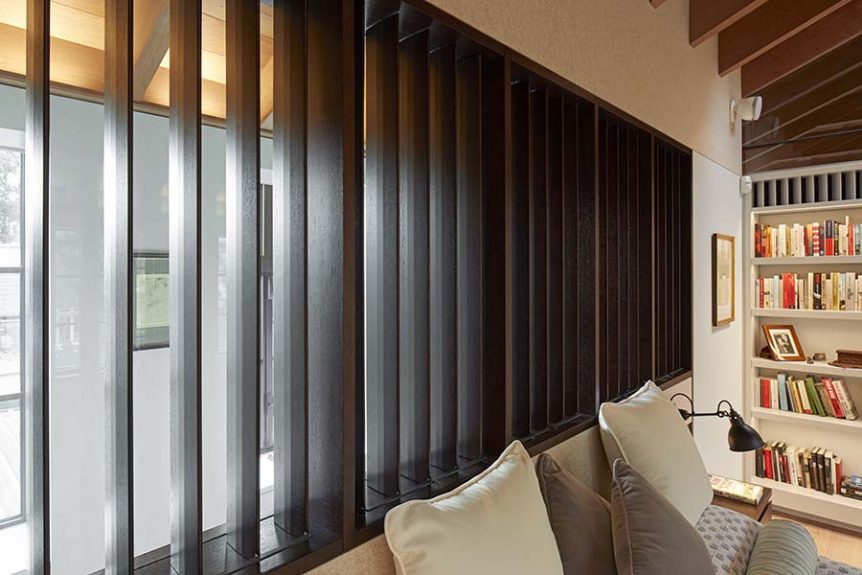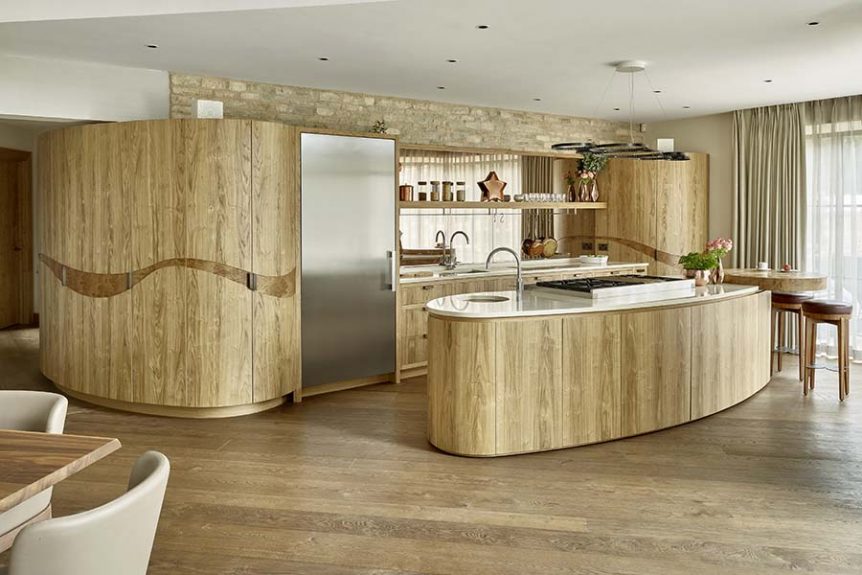An experienced cabinet maker knows how a piece of timber will behave. A well dried, radially sawn panel will stay steady over the years even if quite unsupported. While another piece, with the moisture ripped out of it in the kiln and perhaps containing compression timber from a nearby limb, will clamp on your sawblade like vice as you saw it, and end up uselessly twisted. It’s our job to turn this understanding to practical effect. Again and again we come back to the wonderful stability and torsional rigidity of radially cut timber. The louvres in the articulated screen above …
Thunderbolt and lightfoot
A hundred years ago we were at the beginning of the age of mass production. Henry Ford was in the process of perfecting the production of enormous numbers of Model T’s as long as they were black. Little did we know it, but this was the first line of a long drawn out and increasingly shameful suicide note, where a new dawn with the prospect of a better, safer, happier way of life has in the intervening century transformed into a rapacious grinder, demanding relentless increases in production to keep it alive. We can now produce so much, so fast, …
In praise of level playing fields
Biological systems are complicated, often unpredictable, as are organisational ones. The Guardian reports a study from Sweden showing there is greater risk than previously thought of tipping points in biological systems being breached, because apparently separate events are often linked. Obvious when you think about it. My relentlessly SME (small manufacturing enterprise) focused brain jumps immediately to the theory of constraints and it’s preoccupation with identifying the primary constraint in any particular system. Like so much scientific endeavour, we tend to look for a single cause when in truth it is almost always a group of causes that needs to …


